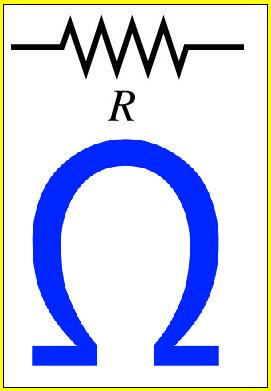
There are a handful of common problems for soprano players that show up all the time in my correspondence. If you’ve been playing soprano for a while, these issues may be familiar to you, but if you are relatively new to playing soprano, you may not recognize just how common and just how easily resolved these problems can be.
Put simply, a lot of these problems are directly related to the mouthpiece. If somebody tells you otherwise, ask them if they’ve handled, fixed, played or made more than 9,000 soprano mouthpieces. If they tell you yes, then give them a listen. If they tell you no, then you’ll know just how valuable their “opinion” will be. They might mean well, but they bring almost no actual knowledge about this subject to bear on the issues.
So, what are the issues?
Poor Intonation
Uncomfortable Resistance
Ugly Tone
Odd Response
Contant reed problems
These common issues are often found together in various combinations, and with varying degrees of seriousness. The intonation may vary by register, or it may be confined to a certain area of the range. It may come and go, making it even more of a headache. The resistance may be ok, then suddenly “shut down” or dramatically increase for certain notes or a certain area of the range. Notes may even fail to speak, out of the blue.
And, what causes these problems?
There are a handful of conditions that create fertile ground for these issues to arise, and they involve every aspect of the soprano mouthpiece: the table, the facing, the rails and the chamber size and shape.When one of these is not correct, odd things can and do happen.
Let’s start with the table. It should be basically flat. It’s almost impossible to tell if a table is flat just by looking at it. Statistically, I find that less than 1 in 100 new soprano mouthpieces have a table that is basically flat. You might ask: so what?
Well, a reed cannot be expected to vibrate with consistency if it not securely connected to the table. If you doubt that, loosen your ligature so the reed can be a little free of the table and see what happens when you play. Weird intonation, weird response, resistance and more.
Now, if the table is not flat, then the actual facing length cannot be dependable. Each time the reed is placed on the mouthpiece, the facing length may vary, and it takes very little variance on soprano for the reed to be thwarted in being able to vibrate properly. In fact, that’s the biggest source of “the bad reed” lament from soprano players. But, it’s NOT the reed’s fault at all.
Facing length, as mentioned above, has a big impact on how a reed and mouthpiece will respond. There is no perfect facing length that suits every soprano mouthpiece and player. But the variations are important, based upon the mouthpiece chamber itself and the requirements of the player in terms of sound. I’ve made facing lengths for soprano pieces that vary as much as 17% in length, depending on the chamber of the piece. Put the wrong facing on the wrong mouthpiece and…… see the list of issues above.
The rails should be symmetrical to each other. Variations from one side rail to the next doesn’t automatically create a problem and the piece may play fine. But more often than not, significant variations between the side rails will cause a handful of issues. The reason is that one portion of the reed is operating in one way, while another portion of the reed is operating in another way. The symptoms can be choked notes, even a “shut down” of response, chirping and even intonation problems out of the blue on a certain note.
The chamber is where a huge part of the tone is created, and the size and shape of the chamber counts for a lot. In addition, the chamber plays a huge role in the “feel” a player gets when he or she blows. Small chamber act a certain way. Large chambers act differently. Same for medium chambers. But, in each situation the precise shape of the chamber has a big impact. So, two large chamber soprano mouthpieces with different chamber designs will play differently. Same is true for any size chamber. Chamber shape is responsible for whether a soprano mouthpiece has an even tone from bottom to top, or whether it changes in tone, depending on what part of the horn’s range is being played. Change the shape of the chamber and the tone can be modified, to small and to large degrees.
There is so much inconsistency in commercially available soprano mouthpieces that it is hard to speak about Brand X’s Model Q, because it is almost certain that one example will be quite different from another example. I see it every day.
Another thing I do every day is to examine new and vintage soprano mouthpieces for clients, determine what may be affecting the way they play and then reporting that information to the owners. If they wish, I make the necessary adjustments and modifications to that piece and return it to the client. They are usually knocked over by the difference in the way it plays but often say that “it looks the same”. Which goes to prove the point that there are a lot of things about soprano mouthpieces that cannot be known by sight, but only by careful analysis and measurement.
It’s not brain surgery, but it’s not blowing a kazoo, either.
In any event, unless you are a complete beginner on saxophone, I can almost guarantee you that any soprano issues you might be having are directly connected to your soprano mouthpiece.









